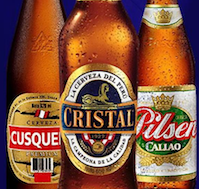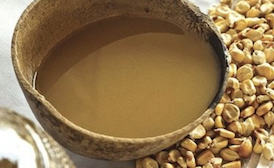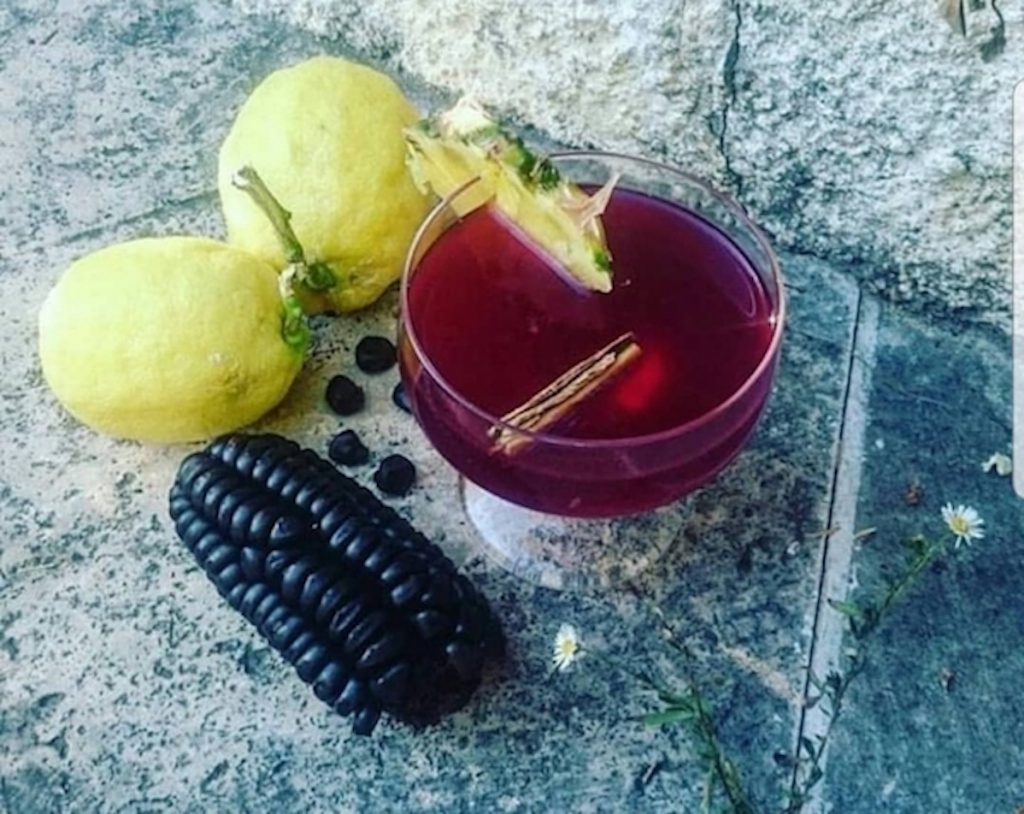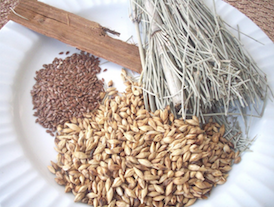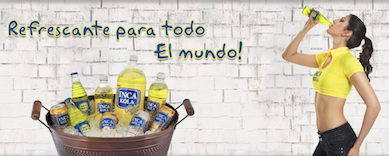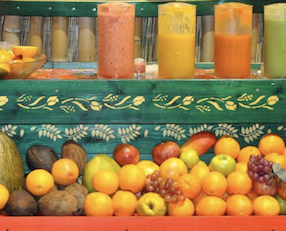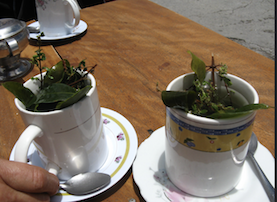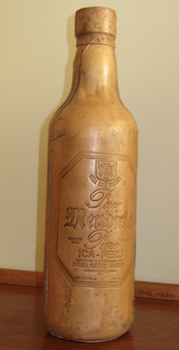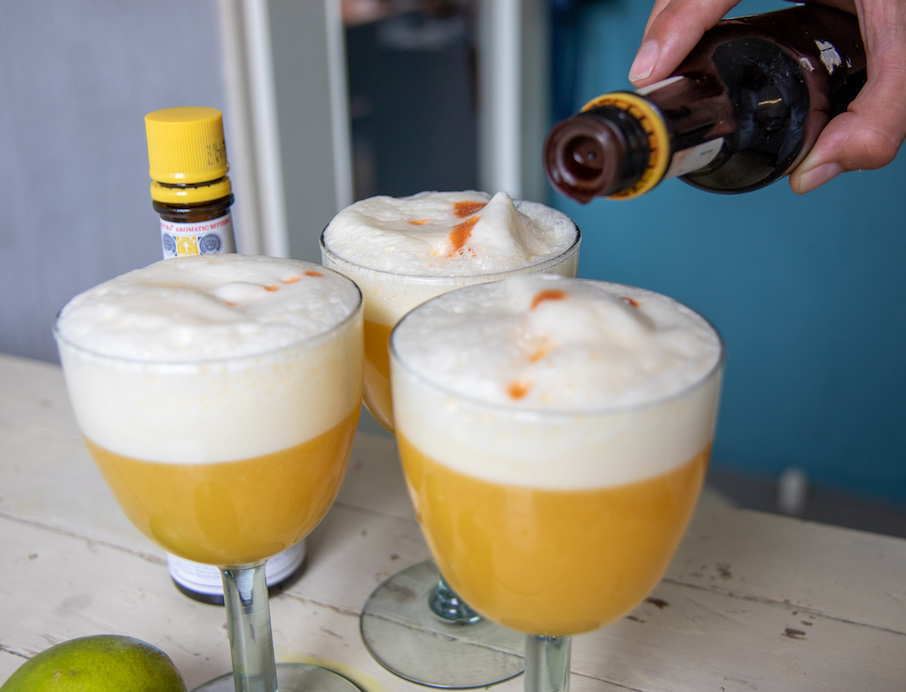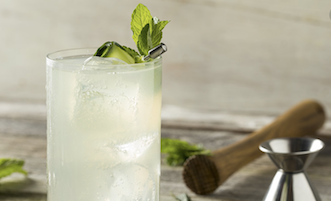Emoliente
This drink is a warm winter drink sold on the street. It consists of a mix of herbs, which varies as it is selected by the person preparing it. The taste of the drink is fruity. As a general rule, what is should contain is :toasted barley, flax seeds, dried horse tail, dried grass, and plantain leaf. To this one can add as many things as they wish, including aniseed, boldo, lemon verbena, lemongrass, and cat’s claw, a native South American woody vine, consumed for its powerful anti-inflammatory properties.
Though the concept of drinks prepared with barley goes back thousands years, it didn’t come to Peru until the Spanish came. While many people today drink it simply for its warmth, it originally quickly became popular because of its healing properties. In Lima the drink became especially popular and by 1927, with the cooperation of the Japanese community, the first society of “emolienteros,” or emoliente vendors, was formed.
Today, the drink has taken on many other forms, also sold cold and even with alcohol. It still can be found on street vendor carts, but also in cafés and in grocery stores.



